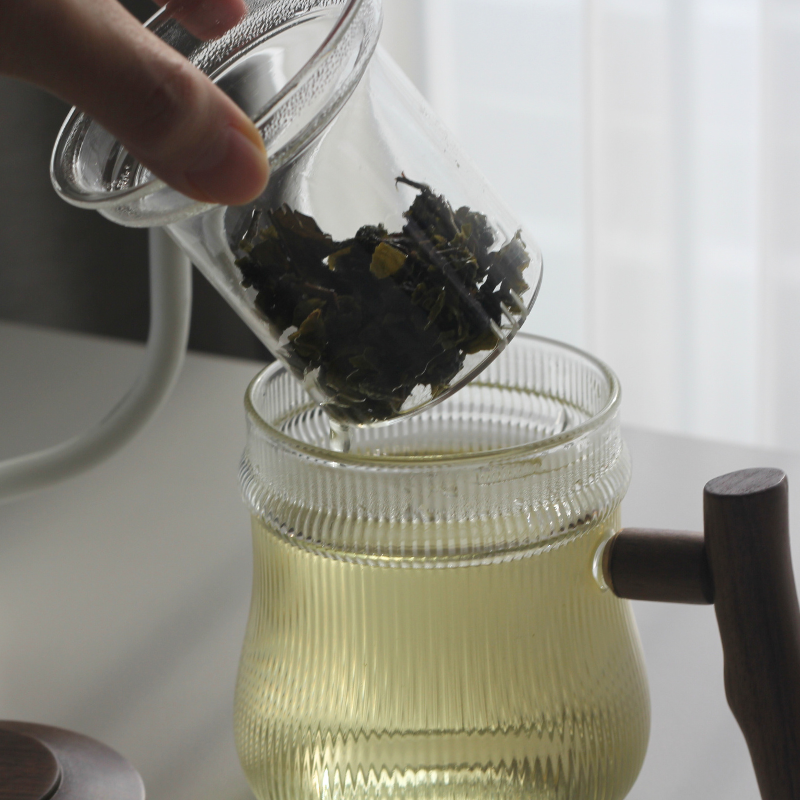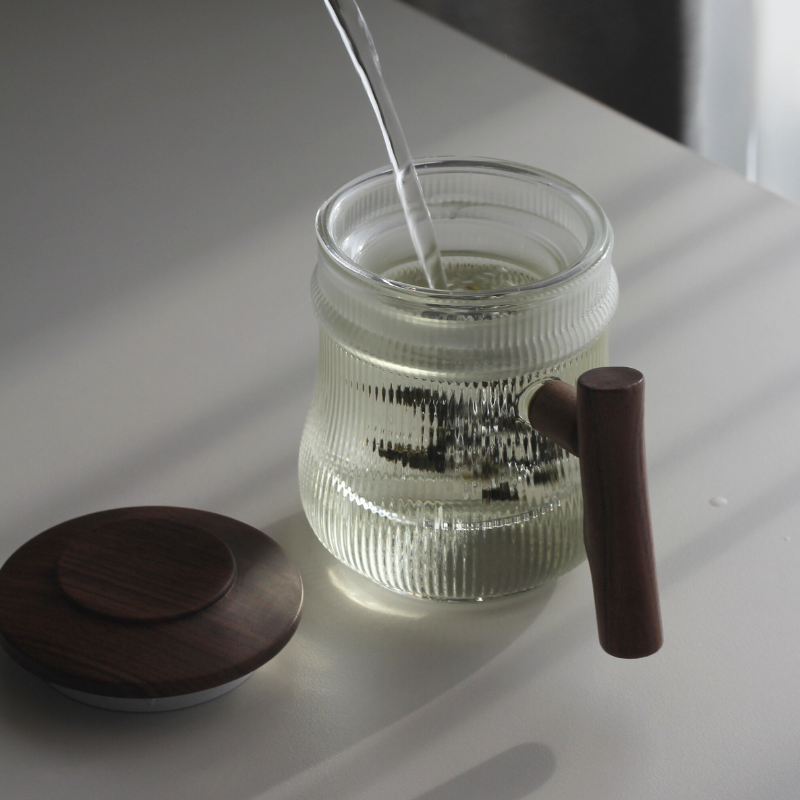TEA JOURNEY [8] | Tea Leaf's Transformation
Did you know that green tea, green tea, black tea, white tea, and oolong tea all come from the same tea plant?
Even though they come from the same tea plant, their flavors can vary significantly depending on the climate and cultivation methods. Additionally, different processing methods can create unique flavors and aromas from the same tea leaves.

Steeped green tea leaves

Steeped blue tea (oolong tea) leaves

Steeped black tea leaves
Once you learn about the intricate process involved in creating a single type of tea, you can't help but admire the expertise of tea masters who meticulously handle every aspect from cultivation to plucking and processing.
After tea leaves are harvested, it is first withered (위조). This is the process of drying the tea leaves under sunlight or shade. It helps to soften the leaves and develop their fresh aroma and floral scent.
During the oxidation (산화) stage, the cells of the tea leaves are disrupted, allowing polyphenol oxidase (an enzyme) and oxygen to come into contact, oxidizing the polyphenols. This results in the formation of new compounds and the development of fruity, floral, and spicy aromas. In the oolong leaves, you can see that the leaves have become significantly oxidized along the edges.
In the fixation (살청) stage, the tea leaves are heated in a pot or on a large metal plate to deactivate the polyphenol oxidase enzyme and stop the oxidation process (you can read about it in our post on how green tea is made).
When the enzyme activity is halted, no new compounds are generated. The intense heat also triggers reactions between sugars and amino acids in the tea leaves, creating a unique umami flavor, enhancing the richness, and producing nutty aromas.
Through the intricate process of tea leaf processing, a complex and subtle flavor profile is achieved.






![TEA JOURNEY [13] | Tea Tasting Terminology](http://tingeofsoul.com/cdn/shop/articles/IMG_3072.jpg?v=1686898175&width=1080)
Leave a comment